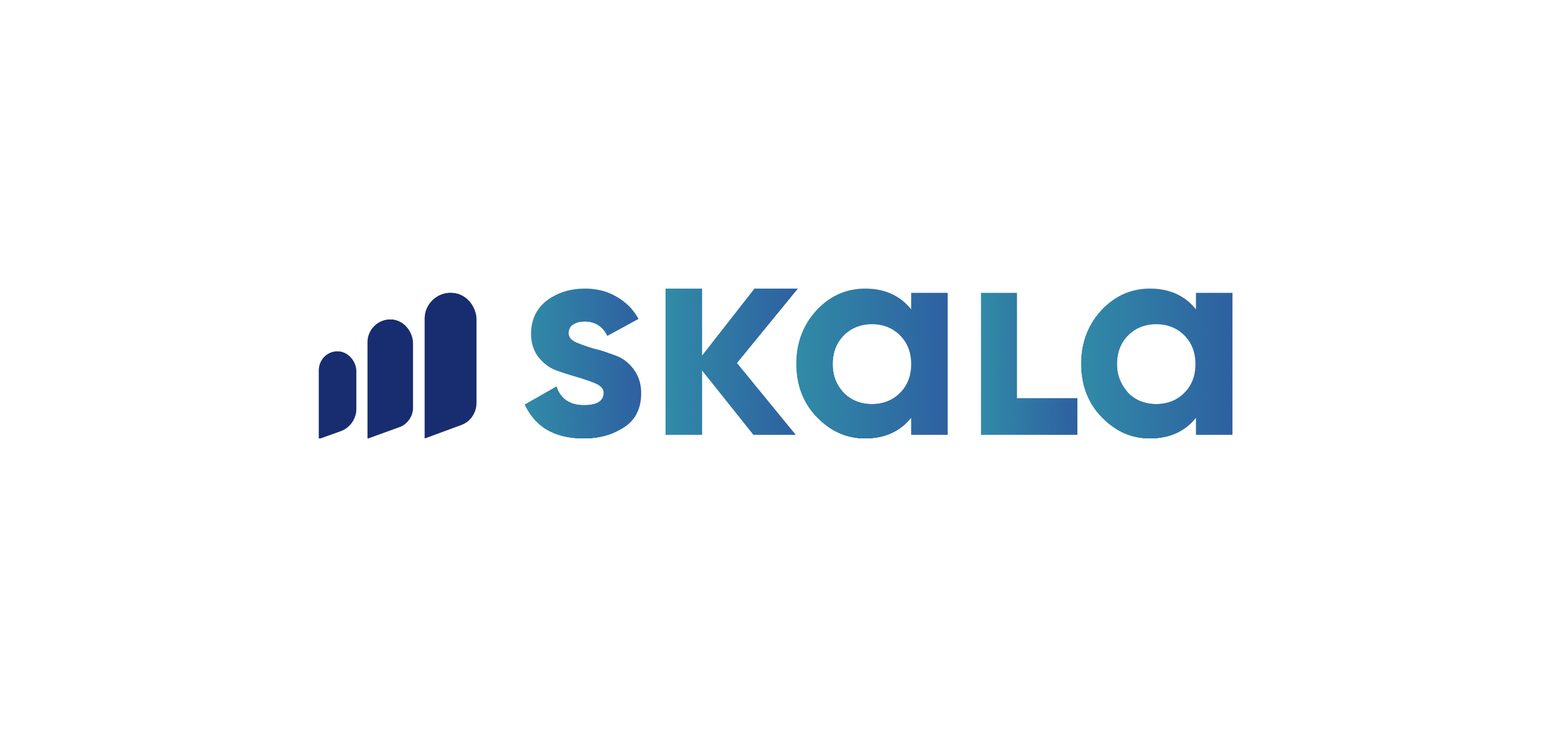B2B vs. D2C:Understanding the Differences and the Benefits of MRP Systems for Both Models
In today’s digital marketplace, understanding business models is crucial for operational success. Specifically, B2B (Business-to-Business) and D2C (Direct-to-Consumer) models represent two different approaches to market reach and customer interaction. For companies seeking efficiency, MRP (Material Requirements Planning) systems are essential tools that help manage inventory, optimize production, and enhance overall customer satisfaction.
What is B2B?
B2B refers to transactions where businesses sell goods or services to other businesses. In a B2B model, companies often deal in bulk quantities and negotiate contracts that prioritize consistency, long-term partnerships, and structured pricing. B2B companies usually focus on reliability, supply chain efficiency, and high-quality customer relationships.
B2B Key Characteristics:
- Larger Order Volumes: B2B sales often involve bulk orders, requiring precise inventory planning.
- Complex Buyer Journeys: The decision-making process involves multiple stakeholders and lengthy negotiations.
- Longer Sales Cycles: Contracts can last for years, and relationships are prioritized.
- Customization and Contract-Based Pricing: B2B pricing may vary based on contracts, negotiations, and order size.
What is D2C?
D2C (Direct-to-Consumer) involves businesses selling directly to individual consumers without intermediaries. Consequently, the D2C model has grown rapidly due to e-commerce, allowing brands to control their marketing, pricing, and customer experience. This model emphasizes personalized marketing, quick delivery, and direct engagement with customers.
D2C Key Characteristics:
- Lower Order Volumes: Sales are typically to individual consumers, meaning smaller but more frequent orders.
- Shorter Sales Cycles: D2C transactions are often straightforward, with customers purchasing directly.
- Direct Customer Engagement: Brands can gather customer data and build a more personalized experience.
- Transparent Pricing and Promotions: Pricing tends to be standardized, with promotions directly targeting consumers.
Benefits of MRP Systems for B2B and D2C Models
MRP systems offer significant advantages for both B2B and D2C business models by optimizing inventory management, production schedules, and demand forecasting. Below, we’ll outline the specific benefits of MRP systems for each model.
1. Enhanced Inventory Control and Demand Forecasting
- B2B: For B2B businesses, inventory control is critical due to large order volumes and longer lead times. An MRP system helps forecast demand based on historical data, ensuring that inventory levels are optimized to avoid stockouts or overproduction. This is especially important for maintaining contractual obligations.
- D2C: D2C businesses benefit from MRP by accurately forecasting demand for trending products and managing stock levels in real-time. By optimizing inventory, brands can meet customer expectations for fast delivery while reducing carrying costs.
2. Streamlined Production Planning and Scheduling
- B2B: B2B orders often have custom requirements and strict deadlines. MRP systems can automate production scheduling, aligning resources and labor to meet these needs. This is essential for B2B companies that need to adhere to specific timelines.
- D2C: For D2C businesses, an MRP system aids in responding quickly to changes in demand. With a streamlined production schedule, D2C brands can handle fluctuations in order volume and avoid backorders, maintaining customer satisfaction and brand loyalty.
3. Cost Optimization and Reduced Waste
- B2B: B2B models benefit from cost savings through bulk production. Moreover, MRP systems help manage resources efficiently, reduce waste, and lower production costs, which are crucial in maintaining competitive pricing for large-volume clients.
- D2C: D2C brands, on the other hand, can reduce costs by optimizing smaller production runs and minimizing surplus stock. Similarly, MRP systems help control costs by aligning production with demand, reducing waste, and increasing profitability.
4. Improved Customer Service and Fulfillment
- B2B: For B2B businesses, reliable fulfillment is essential for maintaining client relationships. MRP systems ensure accurate lead times and help B2B brands meet service-level agreements by aligning inventory and production schedules with customer demand.
- D2C: D2C brands rely on rapid fulfillment to enhance customer satisfaction. MRP systems allow them to manage order fulfillment efficiently, reducing delays and ensuring that customers receive their products promptly.
5. Enhanced Reporting and Data Analytics
- B2B: B2B operations require detailed analytics for decision-making. Therefore, MRP systems offer real-time reporting on inventory levels, production status, and resource allocation, allowing B2B companies to make data-driven decisions that improve efficiency and cost-effectiveness.
- D2C: For D2C brands, MRP systems provide insights into consumer behavior, product performance, and seasonal trends. Additionally, this data can be used to refine marketing strategies, improve product offerings, and better align with consumer preferences.
Conclusion
Understanding the unique requirements of B2B and D2C models is essential for choosing the right operational tools. Therefore, MRP systems provide both B2B and D2C businesses with the infrastructure needed to manage inventory, optimize production, and enhance customer satisfaction. As businesses continue to evolve, leveraging MRP systems to balance efficiency with responsiveness can be a crucial step toward sustained growth and competitive advantage.
Start a free trial to improve your business.


